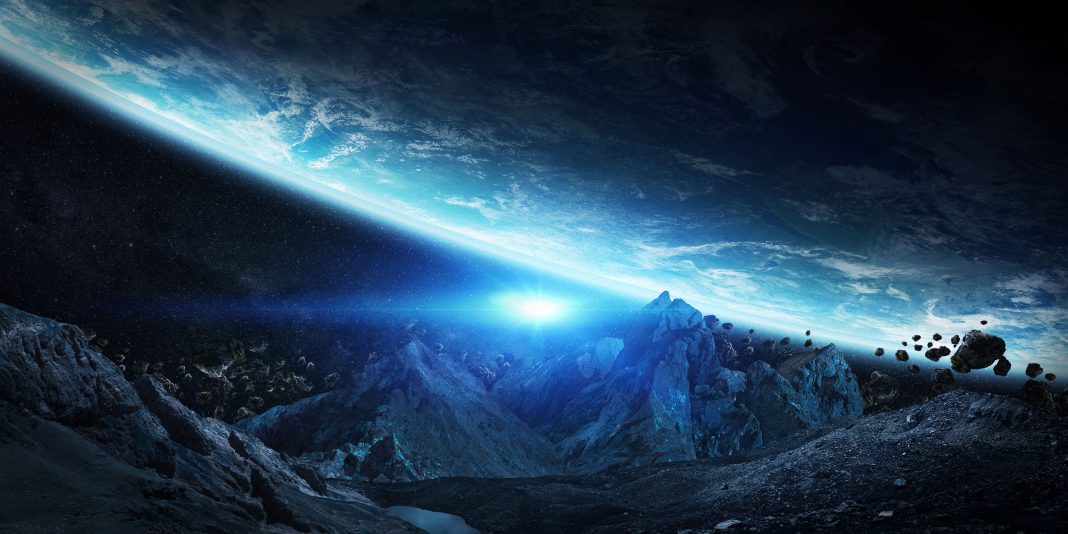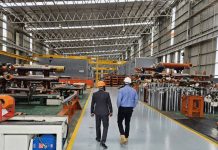Asteroids are huge lumps of rock – some barely a few hundred metres in length – hurtling through space; and they are focusing minds here on planet Earth because they are extremely rich in minerals, from cobalt to platinum.
A single 500-meter platinum-rich asteroid would have the equivalent of all the platinum-group metals ever mined on earth, according to Planetary Resources, an American asteroid mining company formed in 2009, with offices in the United States and Luxembourg.
And asteroids are rich in water too. “There are an estimated two trillion tonnes of water available on near-earth asteroids,” according to the company’s website. “This water can be used to sustain human life and as propellant for spacecraft.”
Asteroid mining is predicted to become a trillion-dollar business over the next few decades.
The company’s first “prospector” spacecraft is scheduled to launch in 2020. Eric Anderson, one of the company’s founders, sees space mining as a way to increase wealth on Earth. “We can use these asteroids to grow our prosperity for the future,” he said in 2012.
British businessman and space entrepreneur, Sir Richard Branson, is also behind the venture. “I’m excited to be part of the Planetary Resources team working on extracting precious minerals from near-Earth asteroids,” says Branson.
There are several other companies in this nascent field. They include Deep Space Industries, which is developing mining technology for asteroids, and OffWorld, which is developing industrial robots able to work in space.
The objective is to mine the asteroids, and then either use the minerals in space or take them back to Earth. The minerals include gold, iridium, silver, osmium, palladium, iron, cobalt, manganese, nickel, aluminium, and titanium. A report by the American National Aeronautics and Space Administration (NASA), estimates that the mineral value of the asteroids in our Solar System may be as much as $100 billion for every person on earth.
Asteroid mining is predicted to become a trillion-dollar business over the next few decades, and one reason is that policy uncertainty standing in the way of investment has been removed. The United States passed its Space Act in 2015, which allows American citizens and companies to extract minerals from an asteroid or celestial body, though without actually owning the body in question.
Luxembourg is also forging ahead. The tiny European country passed a law this year giving companies the rights to ownership of any space resources they extract, as long as they have an office in Luxembourg. The country is looking to invest $200 million into start-up companies that want to exploit space resources, and is already a shareholder in the American asteroid mining company, Planetary Resources. Etienne Schneider, the country’s economy minister, says “Our aim is to open access to a wealth of previously unexplored mineral resources on lifeless rocks hurtling through space, without damaging natural habitats.”

The legislation passed so far by the US and Luxembourg seems to suggest that “you can mine it, but you can’t own it”. So, in theory, asteroids are open to whoever gets there first or stakes a claim – and that might even include a company from Zambia. In practice, however, the question arises: what will happen when two or more parties want to mine the same asteroid? In addition, some believe that these commercial ventures still violate the 1967 Outer Space Treaty, which explicitly forbids the ownership of any celestial body by any government. As with all frontier-breaking commercial areas for which no framework or precedent currently exists, this one will evolve – hopefully in a spirit of cooperation rather than confrontation.
What of the technical challenges of mining an asteroid? After all, they’re out in space; they have little gravity and no atmosphere; and they spin on themselves. It’s hardly a hospitable environment for human beings to live and work in.
Then again, it’s increasingly likely that robots will end up doing most of the work; indeed, companies like OffWorld are already developing the technology. Once an asteroid has been mined out, the robots and associated mining equipment could then easily be moved to another asteroid.
A study by the California Institute of Technology estimates that it could cost as little as $2.6 billion to capture an asteroid and bring it into orbit around Earth. This may seem like an excessive amount, but a single asteroid could have 175 times the amount of platinum mined on Earth in a year, making the investment well worth it.
A report by an investment bank, Goldman Sachs, argues that while the psychological barriers to asteroid- or space mining are high, “the actual financial and technological barriers are far lower.” It says costs could continue to decline as manufacturing technologies develop and costs around space exploration fall.
Asteroid mining may once have been the stuff of science fiction, but not anymore. The technology is there, the political will is there, and the investment is there. It is now only a matter of time. Future mining engineers won’t only be wearing hardhats and overalls, but space suits and oxygen tanks too. And just as the mining booms of the 19th and 20th centuries laid the foundation for the modern industrial economy that we enjoy today, the space-mining boom of the 21st century promises to lay the foundations for tomorrow’s space-age economy, whose full potential we cannot yet fully grasp.
Watch this short video on asteroid mining.
See also: Your garden might be a goldmine!























